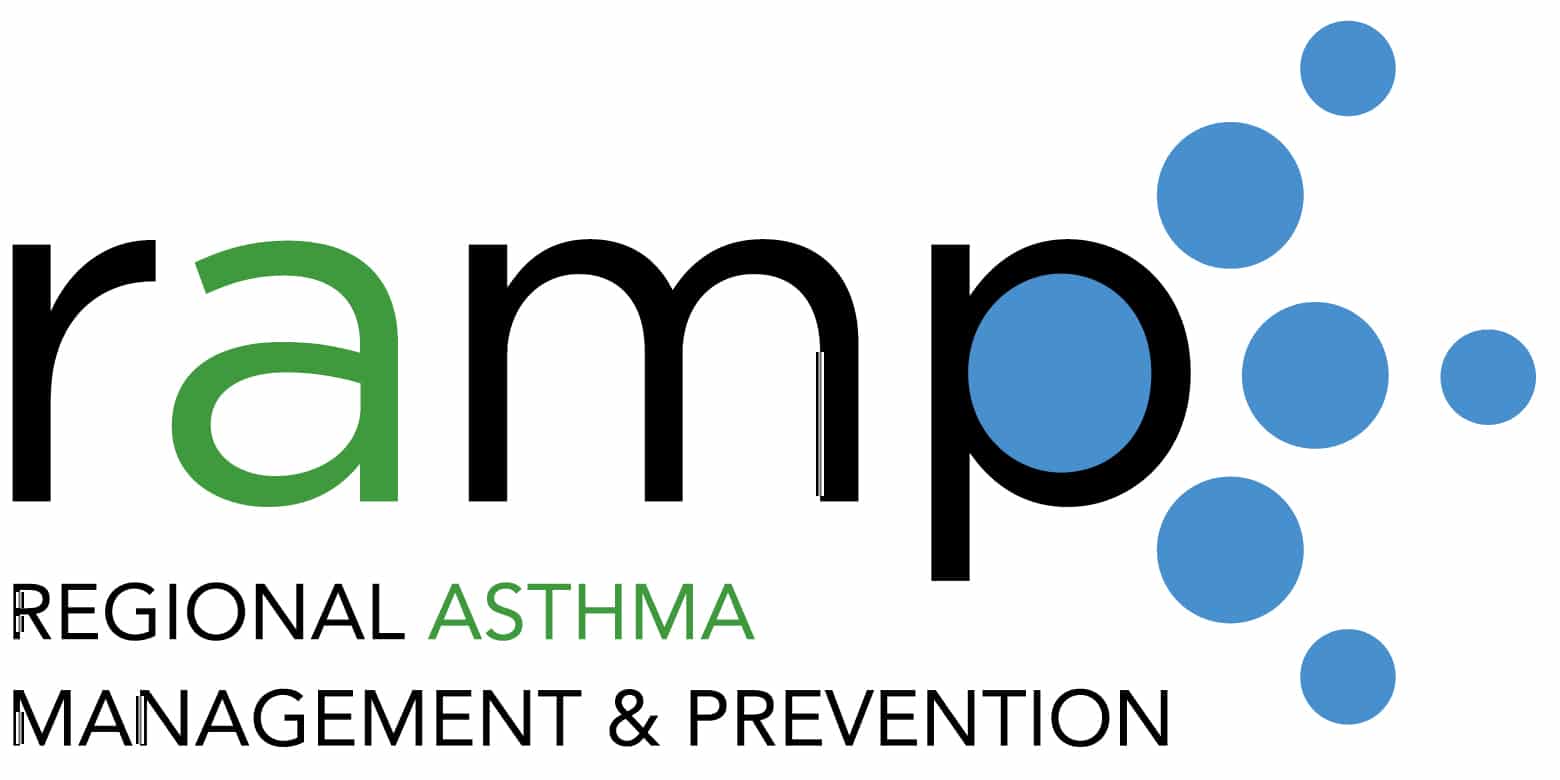
Freight Automation: Dangers, Threats, and Opportunities for Health and Equity
Freight Automation: Dangers, Threats, and Opportunities for Health and Equity takes a deep dive into how automation in the freight transportation system affects the health of workers, communities, and the environment — and also how these effects will be inequitably felt by people with low incomes and communities of color.
Background
The freight transportation system in the United States is a fundamental part of our economy, infrastructure, and environment. At its heart are people: many of the freight system’s frontline workers labor in arduous conditions yet receive low wages and limited benefits. Where there’s freight, there are also people living and working close by—typically people with low incomes and people of color—who suffer disproportionately from the health impacts of the air pollution and other risks created by the freight system.
Although people are still key to making the freight system move, technological change is coming. In some corners of the freight system, it’s already here. Various forms of freight automation, where some or all human labor is replaced by machines, are already operational or in different stages of development and testing.
What we found
What will this automation mean for health and equity? Freight Automation: Dangers, Threats, and Opportunities for Health and Equity explores that question. A collaborative effort between Regional Asthma Management and Prevention, Moving Forward Network, Human Impact Partners, and community partners, the report 1) provides an analysis of the state of automation of the freight sector and anticipated health and equity impacts, and 2) recommends policy and programs to promote health and equity.
Through extensive literature review and in-depth interviews with frontline community members and occupational experts, this report details the anticipated effects of freight automation related to various social determinants of health, including air quality, employment, traffic safety, and noise and vibrations. Within each of these determinants, the report explains current freight-related dangers, future automation-related threats, and possible opportunities.
The bottom line? Increased freight automation will have significant, and largely negative, health and equity impacts on frontline workers and fence-line communities. Addressing these impacts is essential.
The pace and extent of freight automation offers a critical window of opportunity for policymakers, industry stakeholders, frontline workers, fence-line community members, and the public. Together we can make decisions—through policies and programs—that promote health and equity.
To access the full report:
To access individual sections of the report, see below. Please note the references in the individual sections are explained in the full version.
- Executive Summary
- Introduction
- The Current State of Automation in the Freight Industry
- Freight Automation’s Impacts on the Economic Security, Health, and Safety of Frontline Workers
- Freight Automation’s Impacts on Air Quality and Health
- Noise and Vibrations: Current Health Risks Best Addressed Through Electrification, Not Automation
- Freight Automation’s Impacts on Traffic and Health
- Putting People First: Policies and Programs for Health and Equity with Freight Automation
RAMP and our partners also presented the report’s findings to a variety of audiences. Below are two select presentations.
- Caltrans’s California Freight Advisory Committee, July 8, 2021. For presentation slides and a recording, click here.
- Labor Network for Sustainability, September, 2021. For a recording, click here.


